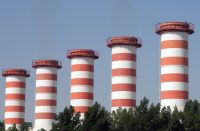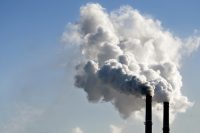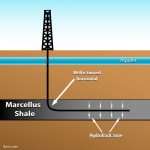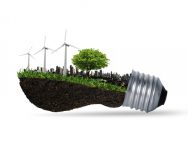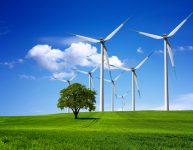Mercury Health Hazards Are Real!
The phaseout of incandescent lightbulbs has led to an increase in the use of energy-efficient fluorescent bulbs, including compact fluorescent lightbulbs or lamps (CFLs). Traditional long-tube fluorescent bulbs and the compact variety contain mercury vapor and may have small amounts of liquid mercury, both of which can be released when the bulbs are broken or […]




